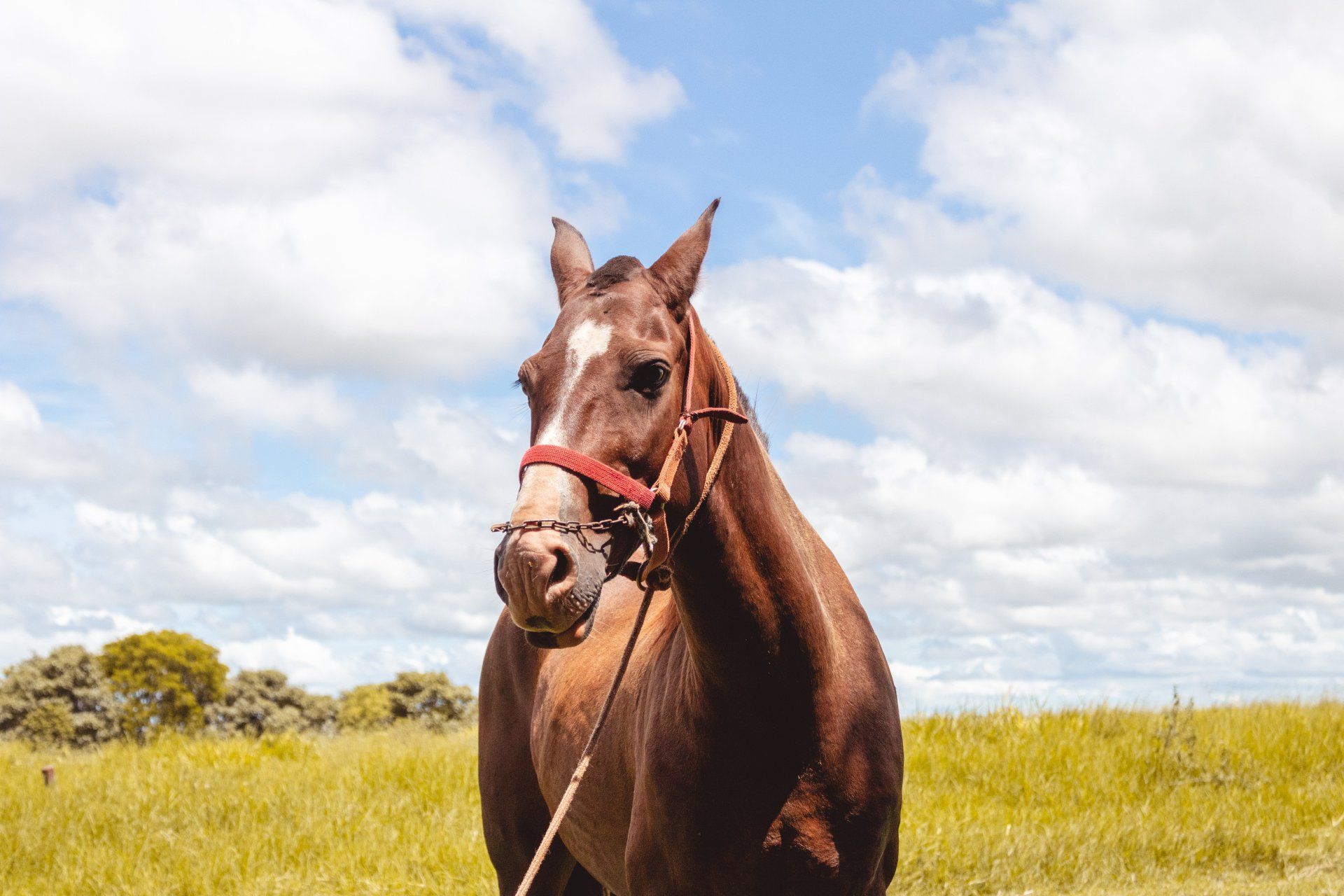Canine Influenza
Canine Influenza (H3N8) An Emerging Canine Disease
First isolated in 2005 in Florida, Canine Influenza Virus, H3N8, is an emerging disease that places all dogs at risk. Like the H1N1 Influenza virus, the H3N8 strain has jumped from one species (horses) to another (dogs). Because this strain of the Influenza virus is new to the canine species, dogs have not had a chance to develop the protective antibodies required to fight off the disease. In the Florida epidemic, many dogs did not survive. Since the initial outbreak, studies have shown that approximately 8% of dogs that get the virus will not survive. This is an extremely high mortality rate. Now endemic in Pennsylvania, New York, Florida, and Colorado, affected dogs have been identified in 30 states and Washington D.C.
In 2008, the virus entered into Ohio. At that time, we did see several cases that we believe to be caused by this new flu strain. Of these dogs, all recovered after 3 to 6 weeks of therapy and treatment. The initial death rate in Florida was as high as 8%, but that appears to be high. There are many factors why the initial death rate was that high. Of those factors, many believe that the high rate was due to the fact that this first crossed from horses to racing dogs at the race track. This was a specific population of dogs that were all of one breed that may have had some weakened immune system due to their use as racing dogs.
The Canine Influenza Virus spreads rapidly from dog to dog. Dogs shed the virus up to a week before demonstrating any clinical signs. This means that an otherwise healthy dog may be shedding the virus, placing all other dogs at risk. Clinical signs include coughing, sneezing, nasal discharge, low grade fever, and secondary pneumonia and can persist up to 21 days despite attempted treatment. There is no specific treatment available, merely supportive care.
The good news is that a vaccine has recently been developed to protect dogs. Initially, a two shot series is required followed by an annual booster for immunity.
Orrville Veterinary Clinic, Seville Wadsworth Veterinary Clinic, and Akron Barberton Veterinary Clinic offer the Canine Influenza Vaccine. A booster is required in 2-4 weeks to insure immunity. This vaccine is highly recommended for dogs older than 12 weeks for boarding, grooming, showing, daycare, dog classes, and dog parks.
Article written and published by Dr. Jeff Fink
Please note that this article is from 2013, prior to the canine influenza outbreak being reported in the media during the Spring of 2015.












